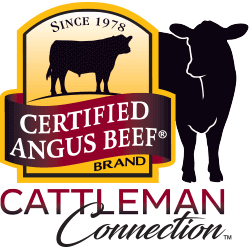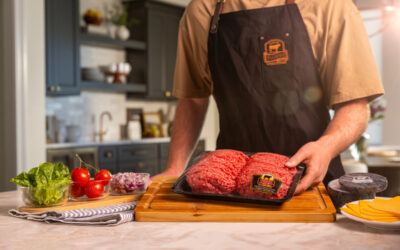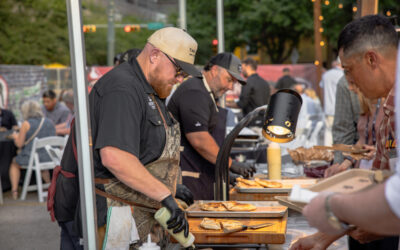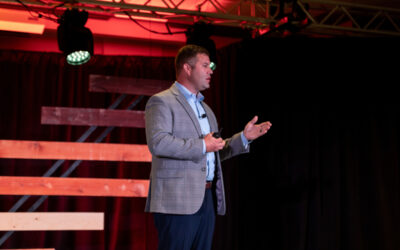
The Relevance of Marbling to the Beef Industry

I’m sure our president, Dr. John Stika, would admit that he’s not an author by trade. He’s got too much on his plate to pen many lengthy articles or in-depth blog posts, but sometimes there’s a subject of such great importance that he just needs to address it.
“The Relevance of Marbling to the Beef Industry” appeared on Meatingplace.com last month as a response to the fact that beef quality grades and marbling don’t get the street credit they deserve.
Since I can’t link to the subscription-based news article, I’ve summarized the five main take-away points:
- Eating satisfaction will determine this future. “Stakeholders in the beef industry have become more conscious of what affects demand, more have accepted that what is delivered to the consumer is not merely beef, but taste. That’s no idle point, because consumer dollars are the only sustainable source of funding for the beef industry.”
- Marbling, juiciness and tenderness all play a role in consumer acceptance. Don’t discount marbling. “[Colorado State University research] found that tenderness and the presence of a “buttery, beef-fat flavor” accounted for 91% of the variation in overall sensory experience. In turn, 40% of the tenderness variation and 71% of the variation in that desirable flavor was due to marbling level.”
- Foodservice and retail channels want to provide more, better beef to their customers. “According to an analysis of wholesale beef demand from Kansas State University, from 2002 through 2011 demand for the CAB® brand increased by 70%, while that for Choice managed barely more than a 15% increase. (The gap widened in 2012.) This, in the midst of a struggling economy suggests that consumers base their beef purchasing decisions on the relationship between price and value rather than price alone.”
- Beef is expensive, especially compared to pork and poultry. That underscores the need for marbling. “As prices rise, consumers become more discriminating with regard to meat spending. Marbling and its beneficial impact on taste becomes increasingly important. Higher levels of marbling help to buoy beef’s value proposition as consumers are asked to spend more for it.”
- Everybody benefits from higher quality beef. “There is wide agreement that a high-quality, well-marbled beef carcass is the most valuable end product for the industry. Economic signals spread realization that it is much easier and constructive to produce what consumers truly desire, rather than products they have to be convinced to buy through discounting. Recent Cattle-Fax projections show a $12 Choice-Select spread average for 2013, which would be a fourth consecutive annual increase in that signal favoring higher quality.”
The bottom line? Marbling matters, certainly to us, but also to you. It matters to your neighbors and to that consumer in New York City. It matters to anyone who wants to continue to grow the U.S. beef industry and believes in its future. Give it the credit it deserves.
May your bottom line be filled with black ink,
Miranda
You may also like
Success, Despite Challenges
Today’s market is complex and competitive. The collective effort of stakeholders across the supply chain positions Certified Angus Beef to meet the record demand for premium beef moving forward. Signals across the beef industry are clear and Angus farmers and ranchers seeking high-quality genetics that deliver premium beef are producing a product in high demand.
Keep the Supply Coming
A record-high 800 registrants from 17 countries gathered in Austin, Texas, to learn more about CAB, become inspired by the culinary work of chefs and pitmasters, and celebrate sales and production success. But at the forefront: supply and demand, a reflection of the chaotic past year, and preparing for what’s ahead.
Consumer Demand, Power of Quality
Demand for high-quality beef persists. But with that demand comes challenges. From tight cattle supplies to higher costs and increasing pressure on retailers to deliver a consistent eating experience, the pressure is on. David O’Diam, CAB VP of retail, addressed the current retail beef environment, highlighting both opportunities and challenges in today’s marketplace.



